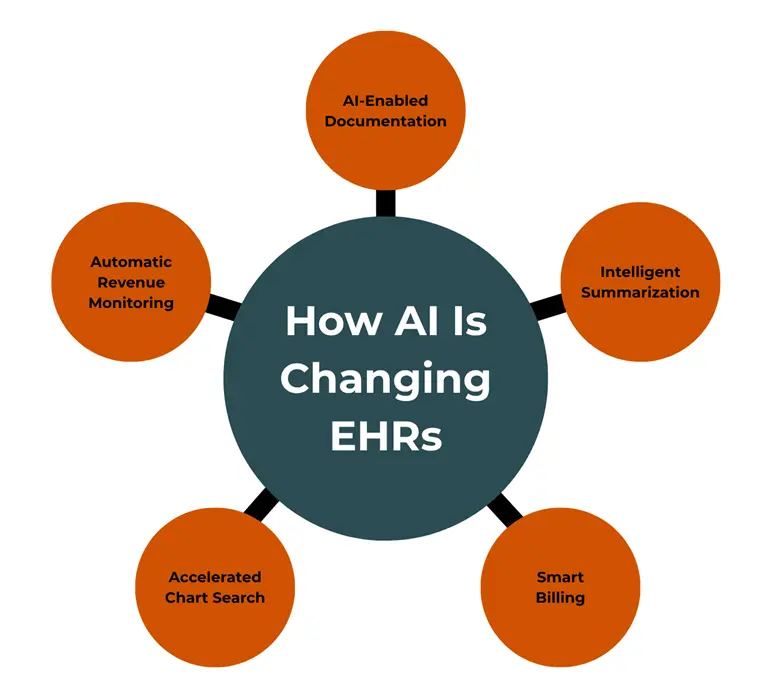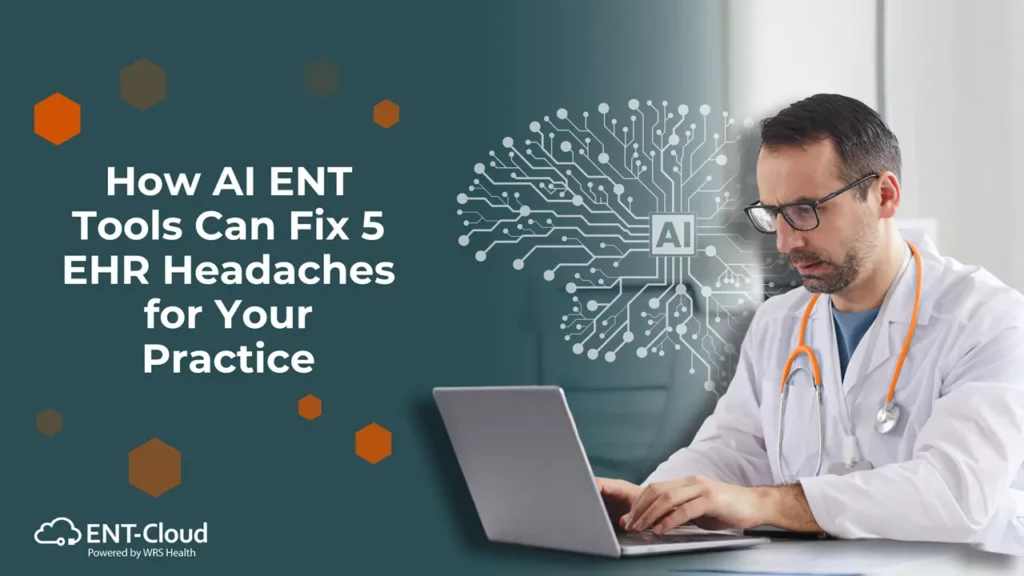Key Takeaways
- AI ENT scribe tools reduce documentation burden and ENT provider fatigue.
- Intelligent chart summarization prevents missed findings and diagnostic errors.
- Built-in billing alerts reduce coding errors and protect revenue.
- Schedule a 1:1 with our team to learn about our AI features.
Table of Contents
1. Documentation That Drains Your Time
You spend 30 minutes on a scope, another 10 on post-procedure counseling—then 20 more documenting it all. Add that up across your day, and it’s no wonder your evenings vanish.
ENT documentation includes symptom narratives, test findings, procedure notes, and surgical follow-ups. It’s detailed work. Providers who don’t have enough time for documentation are nearly 3x more likely to experience burnout.
AI ENT Notes That Write Themselves
2. Drowning in Patient Data
The stakes are high: 45% of malpractice claims stem from misdiagnoses, and 10% involve medication errors. Fragmented data makes both more likely.
ENT AI That Surfaces What Matters
3. Coding Errors That Can Cost You
ENT billing is nuanced. Nasal endoscopies, balloon sinuplasties, and audiograms all require distinct codes and modifiers. Miss one detail, and you risk delays or rejections. In fact, 32% of claim rejections relate to coding or documentation problems.
AI-Enabled ENT Billing That Catches Gaps

4. Wasted Time Scrolling Through Charts
Smarter Search With AI in ENT EHRs
5. Missed and Delayed Payments
AI That Keeps ENT Revenue on Track
That’s how AI in ENT EHRs protects your bottom line while you focus on patients.
Reimagine Your EHR With AI in ENT EHRs
AI isn’t replacing otolaryngologists—it’s supporting them. From accurate notes to real-time billing checks, these tools help reduce friction at every point of care.










